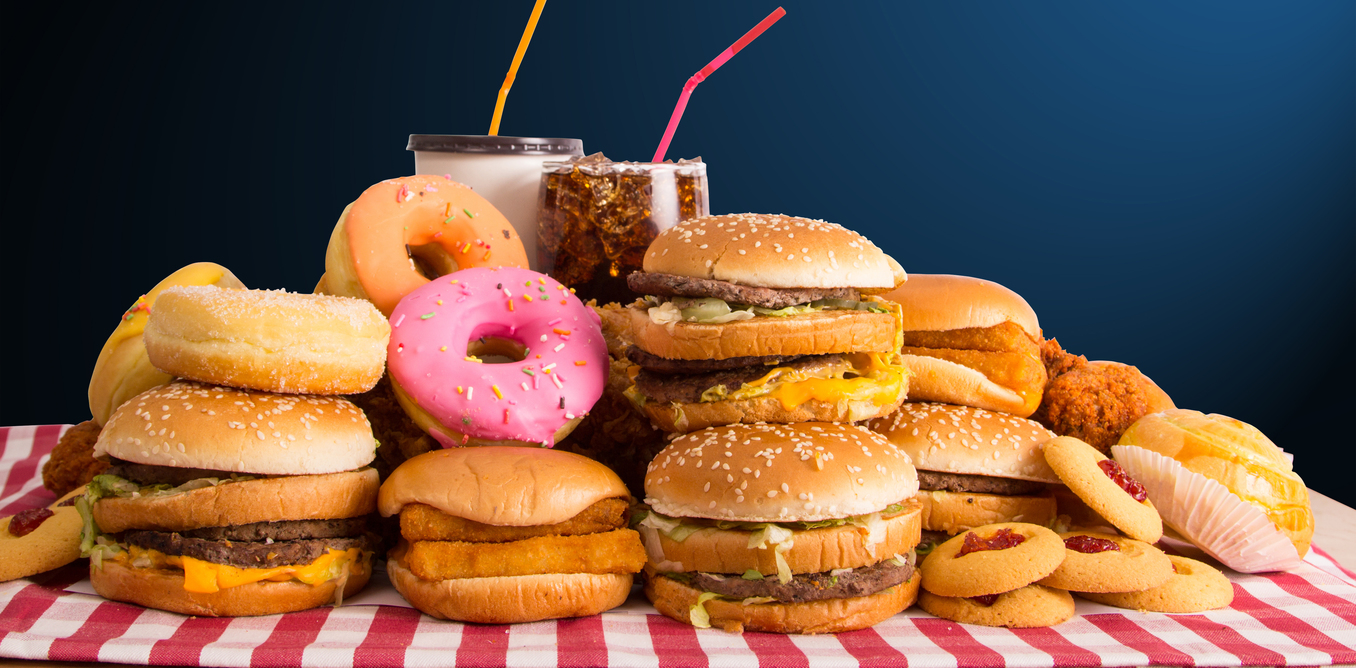
Maybe you have idly wondered what adopts the packet or tin of pet food, you lovingly feed your pet? Possibly you fear the worst and don’t wish to know. Putting your mind within the sand may cause you to feel a little better for the short term, but chances are it will set you back very much within the lengthy term. Why?
Food, due to its daily consumption, is among the most significant areas of your wellbeing. And clearly exactly the same pertains to your pet.
If you do not feed your pet quality pet food, he will probably suffer ongoing sickness. This means hundreds, otherwise thousands, in vet bills.
So let us take a look at how pet food is created in many countries, especially through the big commercial commercial dog food companies.
A rendering plant is kind of an adjunct to some slaughterhouse. It’s where unusable areas of slaughtered creatures or dead creatures on the massive scale are disposed. Additionally, it includes retail food outlet waste.
Typical unusable waste from slaughterhouses includes heads, hooves, beaks, intestines, bones, bloodstream, etc.
Dead creatures could be road kill, euthanised pets from veterinarians or pet shelters, zoo creatures or horses.
Retail food waste includes food past its use by date.
At first glance, none of the sounds bad. Possibly you can look at the majority of it as being acceptable ingredients for the pet food. But let us take a closer look.
Bones, particularly spines, and brains in the heads of cattle can cause bovine spongiform encephalogathy (mad-cow disease, BSE), Although these parts aren’t allowed now, to become incorporated in human food, policing this really is nearly impossible inside a rendering plant.
Creatures are euthanised with sodium pentobarbital. This can’t be damaged lower within the processing.
Euthanised cats and dogs frequently still ware collars, including pet identification dvds and flea collars. Flea collars normally contain organophosphate insecticides.
Pets, zoo and farm creatures can contain chemical toxins using their identi nick, or ID tags and from surgical pins.
